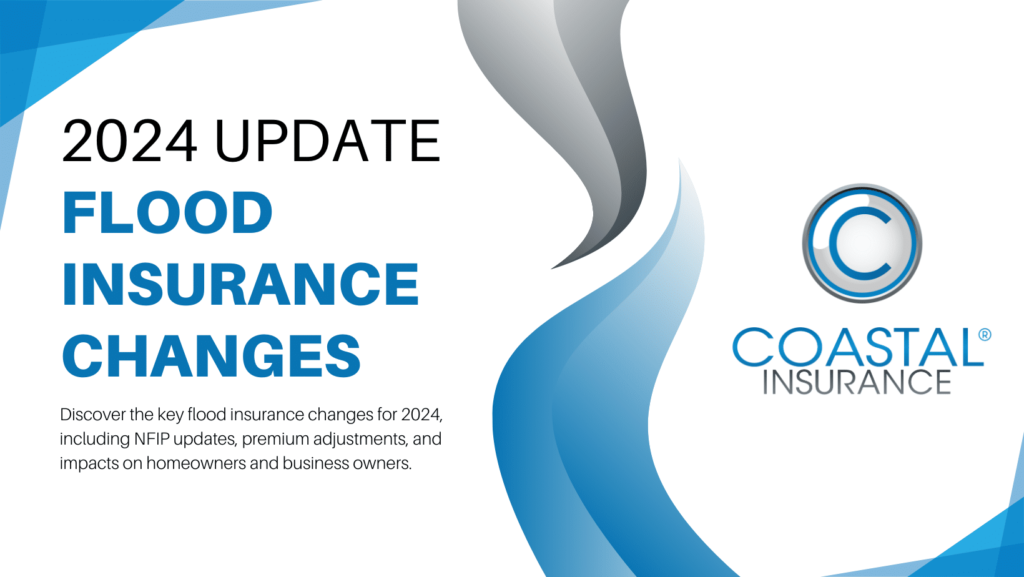The Flood Insurance coverage Handbook has seen a number of updates, together with:
- A restructured Introduction part with further appendices for higher readability on definitions and documentation necessities.
- Revised pointers for figuring out FFH, reflecting the elimination of Pre-FIRM/Publish-FIRM and zone distinctions.
- Up to date eligibility standards for non-residential floodproofing reductions and clarified strategies for documenting Constructing Substitute Value Worth (BRCV).
- Enhanced steering on policy cancellations and new eventualities for non-residential buildings within the Pattern Eventualities appendix.
Implications for Owners and Enterprise House owners
These modifications signify a shift in direction of extra detailed and property-specific underwriting, which may imply changes in coverage premiums for a lot of. Owners and enterprise house owners ought to pay attention to how these updates would possibly have an effect on their flood insurance coverage charges, particularly these in CRS communities or with buildings which have crawlspaces.
The current updates to the Nationwide Flood Insurance coverage Program (NFIP) pointers and rules have profound implications for householders and enterprise house owners alike, marking a major transition in direction of extra detailed and property-specific underwriting. This shift is designed to refine how danger is assessed and be certain that premiums extra precisely replicate the precise flood danger of particular person properties. As such, each residential and industrial property house owners ought to rigorously think about how these modifications could have an effect on their flood insurance coverage protection and prices.
Understanding the Shift to Property-Particular Underwriting
Beforehand, flood insurance coverage premiums had been usually decided by broader zone-based metrics that utilized to giant areas, with much less consideration for particular property traits past fundamental elements like elevation and constructing sort. The newest modifications, nonetheless, incorporate a extra granular strategy. As an example, the adjustment in how First Flooring Top (FFH) is calculated—now decided from the primary flooring above the crawlspace for buildings with a crawlspace basis—can considerably have an effect on premium calculations. That is notably related for properties categorized underneath Constructing Diagrams 8 or 9, whether or not Pre-FIRM or Publish-FIRM and regardless of the flood zone. Such specifics can result in important modifications in insurance coverage prices relying on the distinctive options of a property.
Impression on Premiums
For householders and enterprise house owners, these modifications can result in both will increase or decreases in flood insurance coverage premiums. Properties which were under-assessed for danger previously might even see an increase in premiums, whereas these over-assessed could profit from decreased charges. This makes it important for property house owners to know the specifics of how their properties are evaluated underneath the brand new pointers. To organize, see our article Top 5 Hacks To Lowering Your Flood Insurance Cost.
In CRS (Group Ranking System) communities, for instance, updates to the CRS classification can affect the low cost obtained on flood insurance coverage premiums. If a neighborhood’s CRS class is downgraded, property house owners inside that neighborhood would possibly face increased premiums on the subsequent renewal, even when their particular person property danger has not modified. Conversely, an improve in CRS classification may lead to decrease premiums for all insured properties within the space.
Particular Concerns for Properties with Crawlspaces
The brand new emphasis on precisely calculating the FFH for properties with crawlspaces may additionally result in substantial premium changes. Because the FFH is now measured from the primary flooring above the crawlspace, properties with decrease flooring could possibly be deemed at increased danger, affecting their flood insurance coverage charges. Property house owners with such options ought to seek the advice of with flood danger evaluation professionals to know the potential monetary impression and discover mitigation measures, reminiscent of retrofitting crawlspaces to adjust to floodplain administration rules.
The Significance of Staying Knowledgeable and Proactive
It’s vital for property house owners in probably affected areas to remain knowledgeable about these modifications. Understanding the up to date NFIP pointers and the way they apply to particular person properties is essential. Property house owners ought to often assessment their flood insurance coverage insurance policies and seek the advice of with insurance coverage professionals to make sure that their protection stays ample and cost-effective.
Moreover, because the flood insurance coverage panorama evolves, there could also be alternatives to change to totally different insurers or coverage sorts that provide higher charges or extra appropriate protection. With the rising variety of personal market insurers, property house owners have extra choices than ever earlier than. These insurers usually use superior modeling strategies which may lead to extra favorable phrases primarily based on a person property’s danger profile. Learn our complete guide on private flood insurance for extra particulars.
Making ready for Future Flood Dangers
Lastly, with the growing variability in climate patterns and rising sea ranges contributing to unpredictable flood dangers, each householders and enterprise house owners should think about future dangers when choosing or renewing flood insurance coverage. They need to additionally implement sensible measures to mitigate potential flood harm, reminiscent of elevating electrical methods, putting in flood limitations or shields, and making certain correct drainage across the property.
